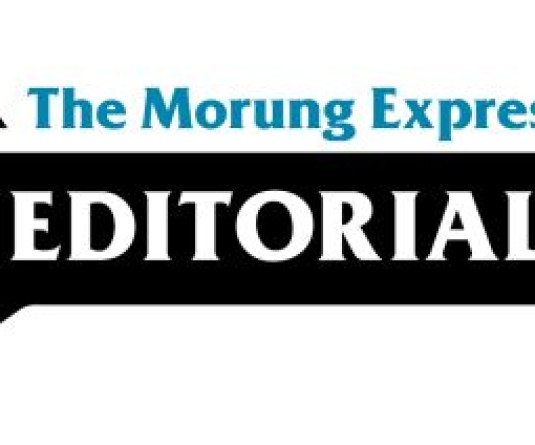
Moa Jamir
The Nagaland Board of School Education (NBSE) declared the results of the High School Leaving Certificate (HSLC) and Higher Secondary School Leaving Certificate (HSSLC) examinations for 2024 on April 26. Early indications suggest that these passing percentages could be among the highest, if not the highest, in recent years. Now that the initial excitement has subsided, it's time for each stakeholder to reflect on some key takeaways from these results.
As per the results gazettes, in Class 10, the overall percentage of 71.87% in 2024 was the highest in the last 10 years, although both government and private schools individually showed lower pass rates than in 2023. For government schools, it declined slightly from 49.13% in 2023 to 48.55%, while for private schools, it declined from 91.15% to 86.77%. Strictly going by the statistics at face value, there still remains a huge gap between government and private schools, which needs to be narrowed down.
It is also obvious that the Department of School Education is subjected to serious scrutiny, particularly over the low success rate of government schools in Class 10. Perhaps, it is the reason the NBSE made a detour in 2024 and did not highlight schools with 100% qualified/pass percentage and zero/nil results.
However, as highlighted by The Morung Express on April 26, some government schools have consistently maintained impeccable 100% pass records in the HSLC exams over the years. Many others, while missing cent rate, have produced high pass percentages. Moreover, in HSSLC, the results in recent years have shown that government schools can compete equally with their private counterparts. On the other end, zero/nil results in government schools persist in HSLC.
As discussed in this column before, the underlying issues affecting government schools have been identified, but concrete action to address them is yet to be taken. Moving forward, the education department must implement comprehensive policies to narrow the gap between government and private schools, drawing from the best practices of successful government schools in both HSLC and HSSLC.
Turning to the HSSLC results, there have been consistent increases in pass percentages in both Arts and Commerce streams. The Arts stream has shown an upward trend over the past three years, while Commerce began its upward trajectory in 2021. However, the Science stream's declining pass percentage, dropping from 91.35% in 2023 to 80.88% in 2024, is cause for concern and warrants further examination.
Looking ahead, a total of 30,240 students passed the exams (15,588 in Class 10 and 14,652 in Class 12). In the coming years, a significant portion of these graduates will enter Nagaland's job market, potentially contributing to the issue of "educated unemployment."
Despite a decline in Nagaland's overall unemployment rate in recent years, youth unemployment (15-29 years) remains high, as per the annual Periodic Labour Force Survey (PLFS) report by the Union Ministry of Statistics and Programme Implementation (MoSPI)
Youth unemployment was as high as 18.5% against the national average of 10% as per the last PLFS report covering the period from July 2022 to June 2023. Besides, out of those employed, 67% were in “self-employed,” while only 27.6% had “regular wage/salary” jobs. A total of 5.4% were casual workers.
Again, the survey informed that at 24.9%, the postgraduate & above category had the highest unemployment rate in Nagaland followed by 16.2% among graduates. The overall unemployment rate for educated (highest level of education secondary and above) persons of age 15 years, however, was 8.9% against the nationwide average of 7.3%
The State's own data confirms a high tendency of unemployment among highly educated people. As of December 31, 2023, there were officially 70,936 job seekers in Nagaland, and out of this, a significant 42.66% (30,251) were either graduates or above. This included 6,847 postgraduates, 21,545 graduates, and 1,859 technical degree holders, according to the Annual Administrative Report 2023-24 of the Directorate of Employment, Skill Development & Entrepreneurship, Nagaland.
Given these scenario, policymakers and stakeholders in Nagaland must contextualise and incorporate this data into short, medium, a nd long-term strategies to ensure that the state's educated youth demographic contributes meaningfully to the economy and society.
For any feedback, drop a line to jamir.moa@gmail.com






